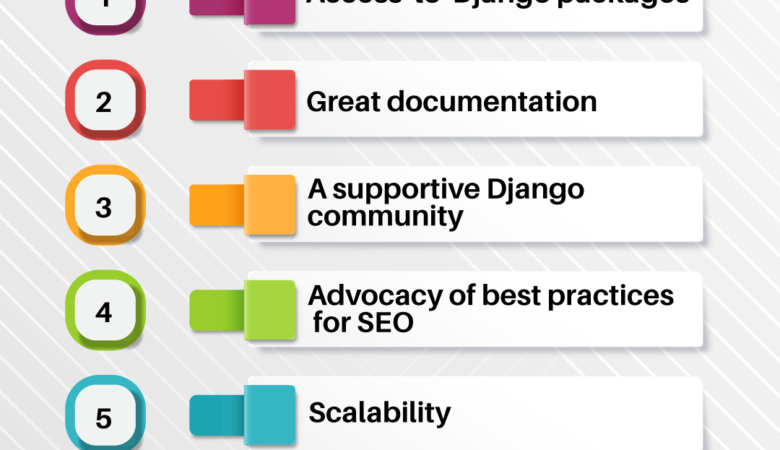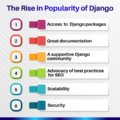
Cybersecurity is of immense significance since the world is interconnected. The best way to prevent this is by putting in place an appropriate security plan before any attack can occur. Cyber threats can take the form of personal information theft, attempted extortion and many items are at stake.
- Critical Infrastructure Security Critical infrastructure covers power grids, traffic lights, water delivery networks, and hospitals. Since the infrastructures are digitized, regular risk tests are of utmost importance. Some funded malware causes the facilities to be significantly damaged.
- Network Security Today all the companies are operating networks and no nation can remain disconnected from internet connectivity. A trait to remember is that having network connectivity has implications. Including unauthorized access, malware, and service denial. There are a few techniques requiring the use of tools like intrusion-detection systems. The companies are adopting new technologies, like machine learning, to detect malicious and abnormal traffic efficiently and effectively.
- Cloud Security Cloud is a new technology that is receiving massive adoption. Through it, organizations can have a back up as it is reliable and available compared to other options.
- Application/System Security Many business processes run with the help of applications and in case the systems are hacked, the result is halting of services and production activities, loss of money, or theft of business secrets. There is a need to attend to this vulnerability.
- User Security There is a need to adopt user-awareness programs into cybersecurity strategies to strengthen User security.
- Internet of Things Security This is an emerging technology and encounters security threats. On the grounds of practicality, it has been adopted in many organizations.
Explanation Of Terminologies
Here are some terms related to cyber security:
- Cyber Crime: Any crime involving the use of a computer as the object of a crime or used as an accessory to commit a crime is cybercrime. The perpetrators are called cybercriminals. They carry out malicious actions or gain illegal access to sensitive information.
- RansomWare: The purpose of building this Malware is to extort money from victims by blocking access to computers and files.
- Malware: The three categories of malicious software are viruses, worms, and Trojans. These allow unauthorized access or cause damage to computers.
- Social Engineering: Through this technique, commonly used by cybercriminals people are manipulated into revealing some information with a goal of achieving monetary gain or getting access to some sensitive information, or business secrets.
- Phishing: This involves sending fraudulent emails, to the users. Phishers get sensitive data or money from the targets. Such attacks are becoming sophisticated and advanced in nature owing to advancements in technology.
- Bot-Net: There is a network of devices that are infected with malware to do certain tasks, like denial of service. After the introduction of IoT devices, hackers have a focus on insecure technology and botnet like the Mirai botnet, are dangerous.
- Data Breach: Here the corporate networks are attacked by criminals and a series of valuable data, customer authentication details, their addresses, and financial information are stolen. As this is of great value it can be sold in a black market and even if this data is encrypted, there are ways to decrypt it.
- DDoS Attack: Attackers here aim at a machine with a great number of requests and clog its bandwidth and affect the ability to respond to real requests.
- Spyware: Through this Malware, there is spying on people with an aim to get their personal information, as well as login credentials, plus the sensitive information. They infect browsers and cause great damage.
Today Cybersecurity is a huge concern for many organizations globally. With a smart approach, it must not be an afterthought. The major Cyber Security trends to watch today are:
Privacy And Personal Data Protection
Many governments have drafted the Personal Data Protection Bill and there is a focus on data privacy. Organizations invest in this activity and are adopting a mature approach to data and privacy protection. There is a culture of security and the adoption of a proactive approach to data privacy and cyber security. In 2020, many businesses have a plan to adopt privacy into the technology and systems by Design at the creation stage itself.
Growth of 5G and The Threat of Cyber-Attack
5 G implementations of networks are already in progress and deliver many advantages, such as higher speed and good performance, besides low latency and capacity. There are also a few threats due to an increasing number of internet-connected devices and increasing use of virtualization and the cloud helping the hackers conduct their cyber-attacks in a big way.
A Cisco IBSG report estimates that, by 2020, the internet-connected devices will hit 50 billion. Governments, telecoms providers and industry associations work actively to set safety standards.
Therefore we can finish by saying that the growth of cybersecurity and innovation in this field is extremely significant.








Leave a Reply